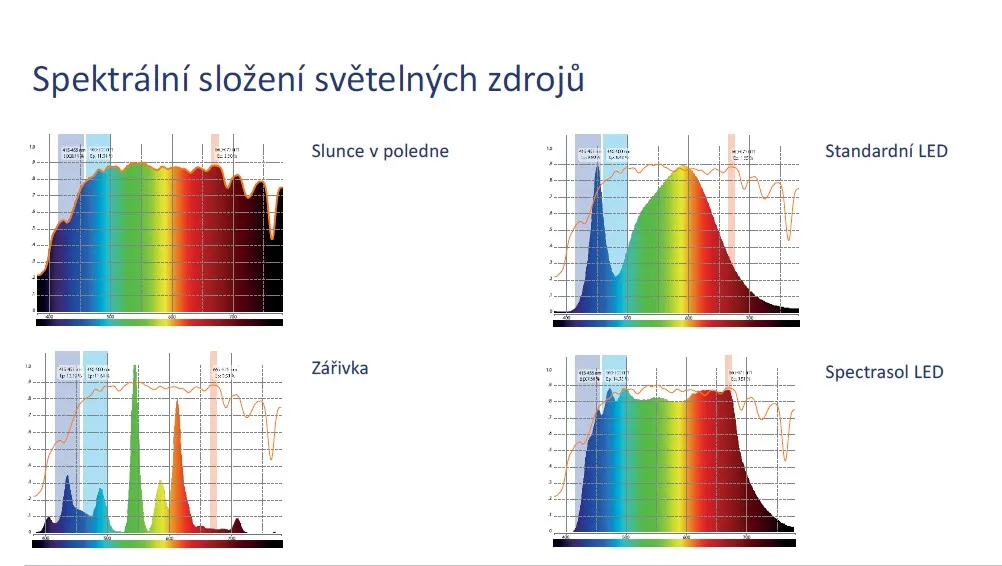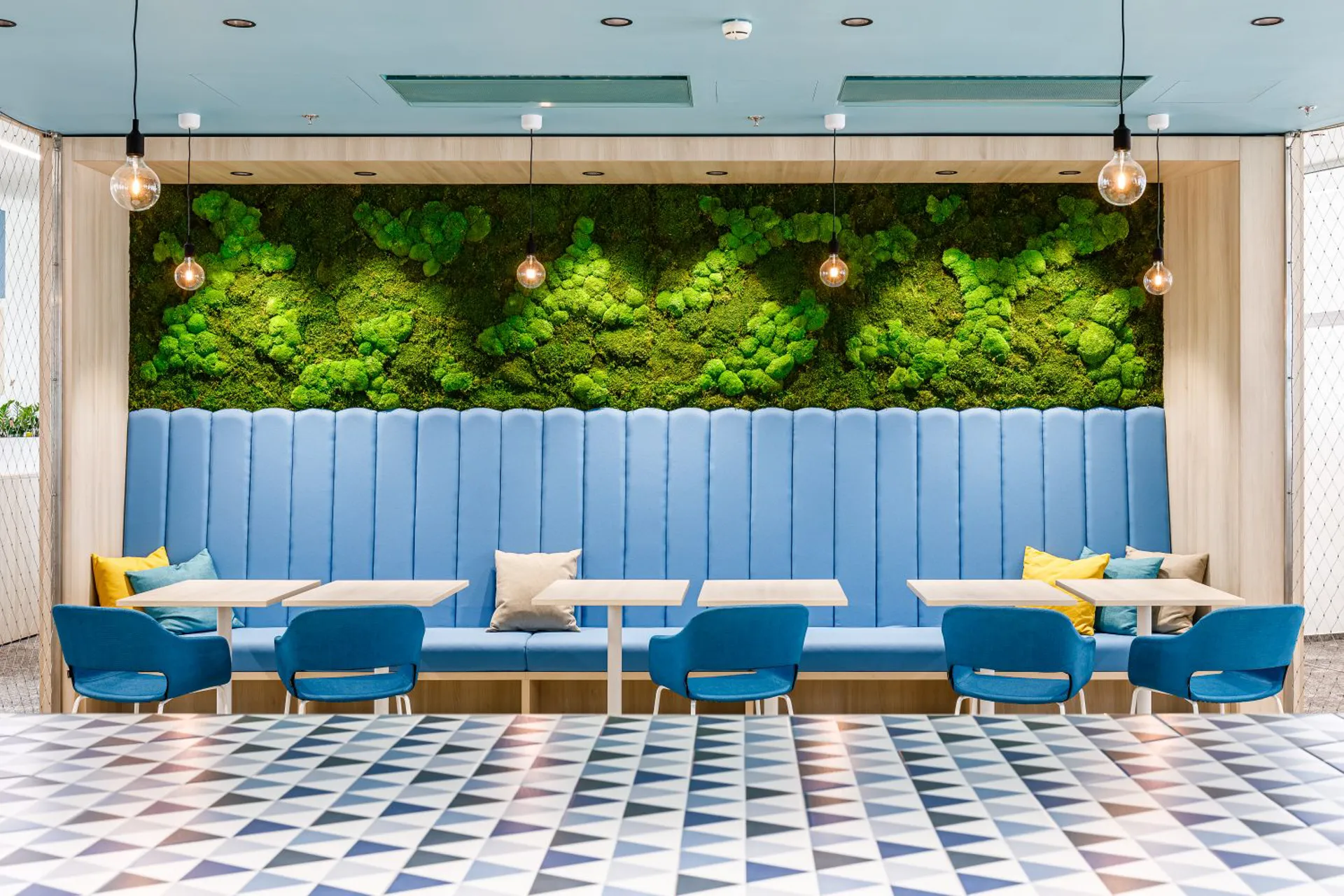Light That Supports Work and Study: The New Standard for Healthy Interiors
.svg)
.svg)

Most of our day is spent indoors. That’s why light is no longer just about being able to see. It affects our biorhythms, influencing mood, focus, productivity, and overall health. Our designs increasingly incorporate fixtures that provide full-spectrum, or pro-cognitive, lighting.
What is full-spectrum light?
It closely mimics natural daylight, encompassing the entire visible spectrum, including deep red wavelengths. Our bodies have adapted to natural light over millions of years, and conventional LEDs or fluorescent lighting can disrupt this natural rhythm, potentially leading to poor sleep recovery, fatigue, and reduced productivity.

Health and Performance Combined
Our architects understand that natural or high-quality artificial light can boost alertness, enhance cognitive function, and improve focus. It also reduces eye strain, helping to prevent headaches, while stabilising the circadian rhythm, which positively affects sleep quality and mood. Additionally, it supports the immune system and can help alleviate depression and seasonal affective disorders, particularly during the darker winter months.
Where Full-Spectrum Light Makes the Biggest Difference
Offices, schools, healthcare facilities, and home workspaces. In spaces with limited daylight, it acts as a true substitute for sunlight. When paired with biophilic design elements like wood and greenery, it creates an environment where people feel more comfortable, energised, and focused.
For example, the Czech company Spectrasol, in collaboration with the Czech Technical University (ČVUT) and the National Institute of Mental Health, has developed full-spectrum lighting fixtures now installed in many schools, hospitals, and offices. This approach is about more than just light—it’s about creating healthier, more natural spaces.
Full-spectrum lighting does more than illuminate a room—it enhances wellbeing, productivity, and overall working conditions.















